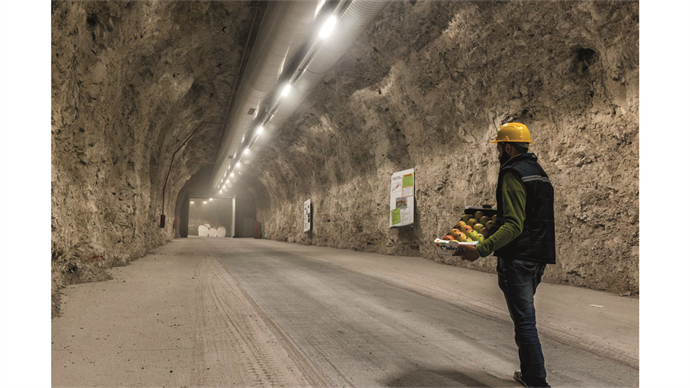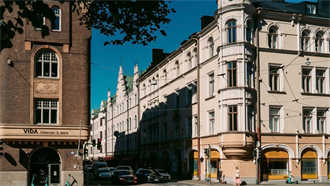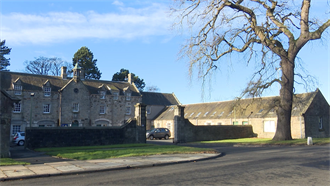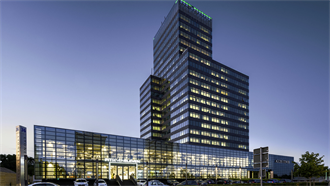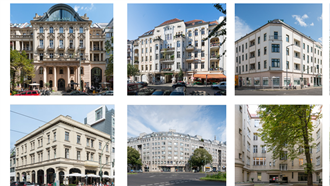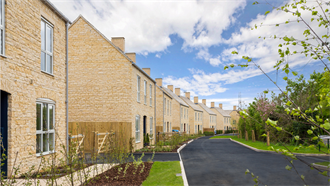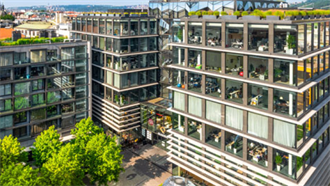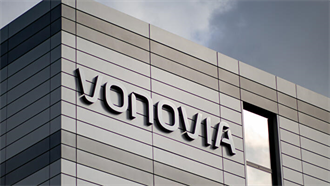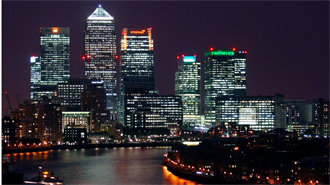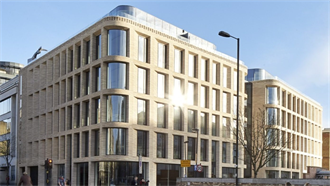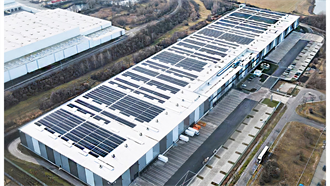From former carparks to railways, caves and even mines – the weird world of subterranean warehouses offers a modern solution to the age-old problem of space.
The opening of Les Gobelins railway station, on 15 May 1903, was a triumph for the logistics trade in Paris. Finally, the 13th arrondissement had a modern goods station on seven hectares of land to receive wagons laden with sugar from the Say Refinery, fresh produce and other essentials for the citizens of Paris.
Several decades later, priorities had decidedly changed. In the 1970s, French state railway operator SNCF agreed the land could be used for a new real estate project – Les Olympiades – comprising several residential towers, a shopping centre and a raised, pedestrian esplanade.
As part of the deal, SNCF rebuilt the Les Gobelins goods station, creating 75,000 m² of subterranean warehousing, which was fully operational for rail freight until 1992. A half century on, the site is returning to its roots – with a renewed focus on getting the mix right.
French property group Icade and logistics specialist Segro have teamed up on an ambitious scheme combining offices, leisure, greenhouses and logistics, entitled ‘Re-prendre Racines’. While the underground space has been used for storage in the latter years, mostly by wholesalers operating in the district, Segro plans to transform it into a modern last mile delivery and distribution hub.
Says Laurence Giard, Segro’s general manager, France: ‘If you look at the forces at work – the changes in consumer habits and need for more logistics space – this project is about optimising a space that was partially abandoned and underutilised.
When Les Gobelins train station opened in 1903, it played a huge role in the development of the 13th arrondissement and the economic revitalisation of the whole city. But then in the 1970s they buried the railway and built homes on the slab, elevating people away from the site. One aspect of our project is how to bring people back into this space, to make it a local resource, as well as a commercial one.’
Serving the city and residents of Paris, the project will be connected to its urban surroundings through the introduction of soft mobility solutions, electric vehicles and delivery tricycles. Lastly, the complex will feature an incubator of new services for local communities. Circular economy initiatives, such as a recycling and reuse centre and a bike repair workshop, should further cement its usefulness to local residents.
Meanwhile, above ground, Icade is planning two timber frame office buildings totalling around 14,000 m², providing work spaces to both local start-ups and more established companies in the region. There will be a 4,600 m2 space dedicated to sports, greenhouses, and a 1.3 ha garden on the Olympiades esplanade.
Public inquiry
Due to the complexity of the project, the site is currently going through the rigours of planning permission, with the public inquiry phase about to commence. ‘There are very active discussions with other owners in the district as it is very much a neighbourhood scheme,’ Giard notes.
‘There are 12,000 inhabitants living above our site.’ But Giard believes the time is right for this significant makeover. ‘Out of the 75,000 m², around 1,000 m² will be visible to the public and designed for use by local residents. So, there will be resources for click-and-collect, a coffee shop, and other inclusive elements. 1,000 m² might sound modest in the context of 75,000 m², but it will have a big impact!’ The project’s green credentials – from its biodiversity to soft mobility – should also play an important role in tackling carbon emissions.
‘Les Gobelins is unique because of its configuration and existing logistics operating permit,’ Giard adds. 'Underground warehouses are extremely costly to excavate from scratch. But they do answer the problem of the lack of space for logistics in cities. In Paris, more than 100,000 m² of industrial land is planned to be eroded in the next few years by conversion into infrastructure and residential; e-commerce clients are desperate for space.’
Giard notes that underground sheds share similarities to multi-storey structures, due to their vertical designs. ‘We already have expertise in multi-storey warehouses,’ she notes. ‘Our Paris Air2 Logistique warehouse for Ikea and Leroy Merlin on the edge of Paris is an urban, multi-level solution that received a lot of attention when we completed it at the very beginning of 2019. It’s quite a technical feat – trucks go right up the ramp to the first floor and are able to operate as if they were on a ground floor.’
Underground futures
While the demand dynamics suggest that underground warehouses represent an expanding trend, the expense of excavating means that developers are likely to seek out further smart hacks. CBRE research forecasts that ‘extensive’ numbers of subterranean carparks will be converted into logistics spaces by 2040, with even small spaces earmarked as micro depots. As personal cars are increasingly driven out of cities, these underground spaces are ripe for reuse.
In 2019, CommonSense Robotics built the world’s first underground automated warehouse in a carpark in the bowels of the Shalom Meir Tower in Tel Aviv. This micro-fulfilment centre uses vertical robotics systems due to its tall and narrow configuration across 18,000 ft2 (1,670 m2) of space. With a focus on food storage, it features three temperature zones, ambient, chilled and frozen, and fulfils one-hour grocery deliveries across the city.
Three iconic underground warehouses
1. The Bank of England’s gold vaults occupy a former, wartime canteen in the basement levels of its headquarters building, located in the City of London on a site bordered by Threadneedle Street, Princes Street, Lothbury and Bartholomew Lane. The vaults currently hold around 400,000 bars of gold, worth over £200 bn (€230 bn).
2. Deep in the Dolomite mountains, the Italian firm behind the Melinda apples brand has built the world’s first and only cool repository for fruit in an underground environment. This natural refrigerator stores some 30,000 tonnes of fruit in 34 cells, saving 1.9 GW / h compared to the energy required for surface conservation.
3. A salt mine in Winsford, Cheshire, is home to the UK’s National Archives. This underground space is over 100 miles long and still expanding as salt continues to be mined. It is used to preserve historic archives and confidential government files, thanks to the dry and stable atmosphere provided by the salt.

